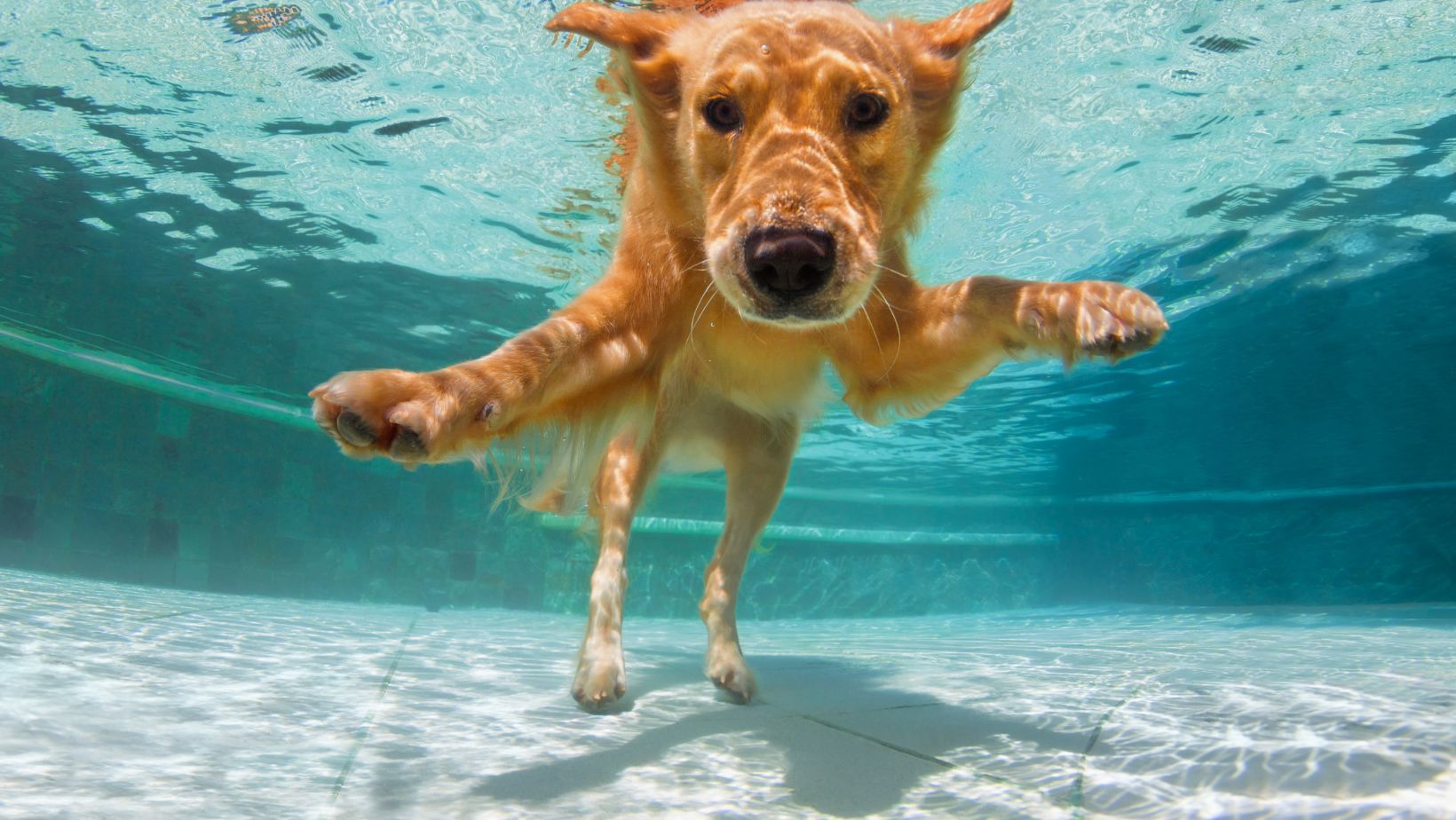How to Stop my Dog from Running off
If you’re concerned about your Labrador running off, there are several steps you can take to prevent this behavior and ensure their safety. One of the first things to do is to assess any underlying reasons why your dog may be inclined to run off. It could be due to boredom, lack of exercise, or even anxiety. By addressing these issues, you’ll be able to reduce the likelihood of them wanting to escape.
To stop your dog from running off, it’s crucial to provide them with plenty of physical and mental stimulation. Regular exercise sessions such as daily walks or playtime in a secure area can help burn off excess energy and keep them content. Additionally, engaging your Labrador in obedience training and providing interactive toys will keep their minds occupied.
Another important step is ensuring that your dog has a safe and secure environment. Check for any potential escape routes in your yard and make necessary repairs or modifications. Installing a sturdy fence or using tie-out stakes can also help keep your Labrador contained within the boundaries of your property.
In the event that your Labrador does manage to run off despite preventative measures, it’s essential to have a plan in place. Make sure they are always wearing proper identification tags with up-to-date contact information. Microchipping is also highly recommended as an added layer of protection.
Remember, consistency is key when addressing this issue with your dog. By implementing these strategies and remaining vigilant, you’ll be better equipped to prevent your Labrador from running off and keep them safe at all times.

Preventing Dog Escapes: Essential Tips
When it comes to preventing your dog from running off, there are a few essential tips that can help keep them safe and close by. Here are some strategies you can employ:
- Secure Your Yard: Start by ensuring that your yard is fully secure. Regularly inspect fences for any gaps or weak spots that your dog could exploit. Reinforce or repair them promptly to prevent any escape routes.
- Supervise Outdoor Time: Whenever your Labrador is outside, make sure someone is actively supervising them. Dogs are curious creatures and can easily wander off when left unsupervised. Stay vigilant and keep an eye on their activities.
- Train Basic Recall: Teaching your dog a reliable recall command is crucial in preventing escapes. Begin training in a controlled environment using treats or favorite toys as rewards for coming when called. Gradually increase the distractions and practice in various locations until they respond consistently.
- Use Leashes and Harnesses: When walking or exercising your Labrador outside of a secure area, always keep them on a leash or harness to maintain control over their movements. This will prevent sudden dashes and potential escapes.
- Provide Mental Stimulation: Boredom can be a driving force behind dogs wanting to run off in search of excitement or adventure. Keep your Labrador mentally stimulated with interactive toys, puzzle games, and regular training sessions to satisfy their need for mental engagement.
- Spay/Neuter Your Dog: Unaltered dogs tend to have stronger instincts for roaming in search of mates. Spaying/neutering reduces these instincts, making it less likely for them to feel the urge to escape.
- Create a Safe Space Indoors: Designate a specific area indoors where your dog feels comfortable and secure when left alone or during times when you cannot supervise them closely outdoors.
Remember, each dog is unique, and what works for one may not work for another. Be patient and consistent in your training efforts, providing a safe and stimulating environment to discourage escapes.
By following these essential tips, you’ll be well on your way to preventing your Labrador from running off and ensuring their safety.